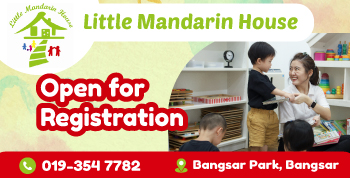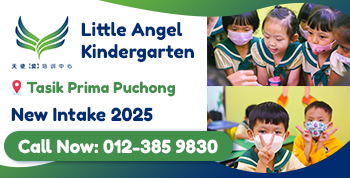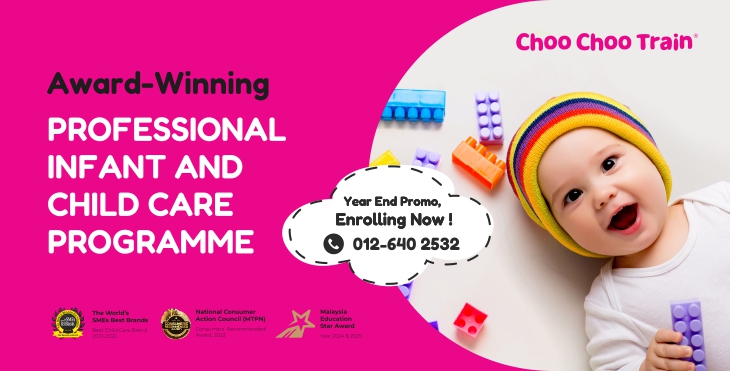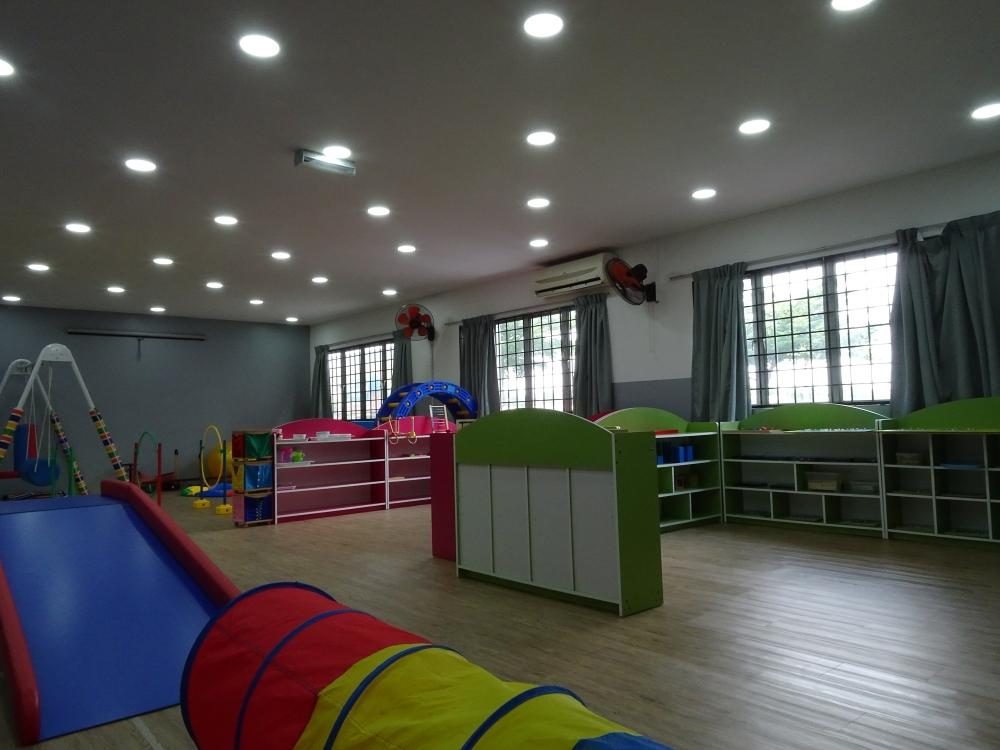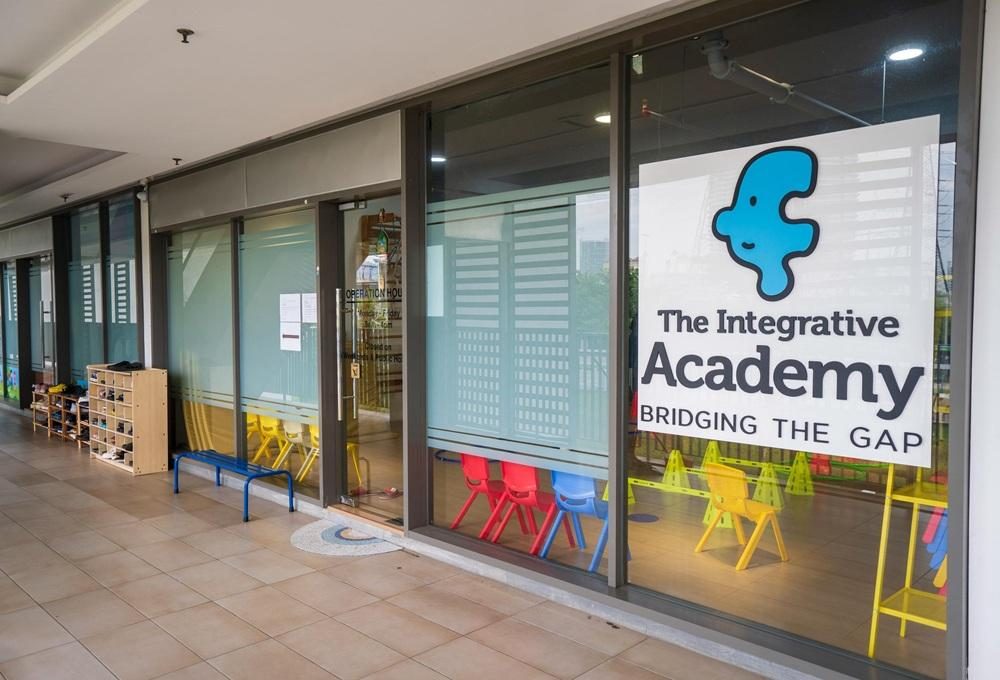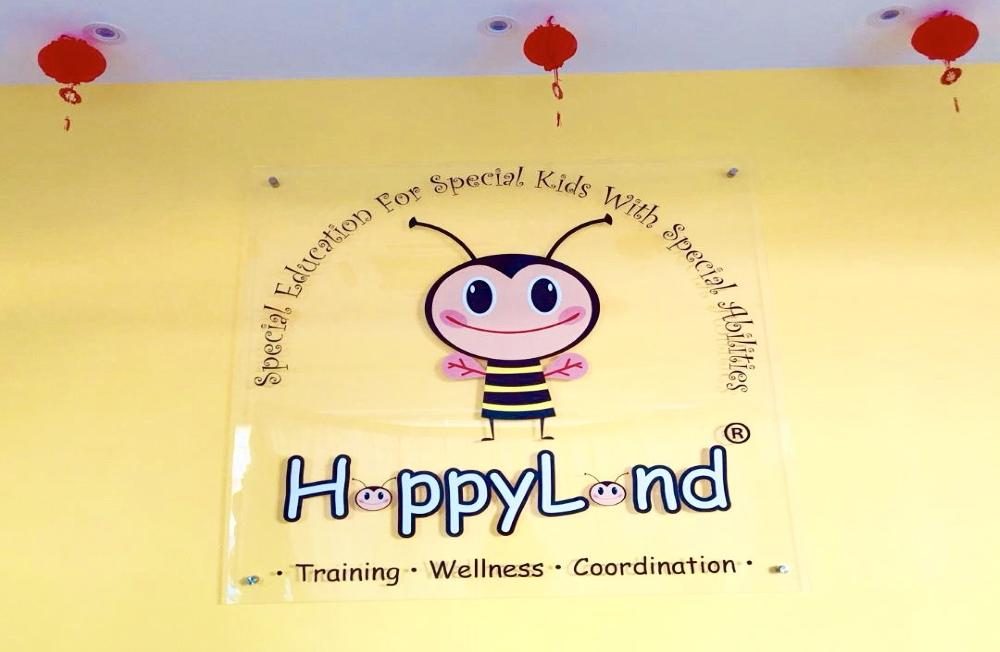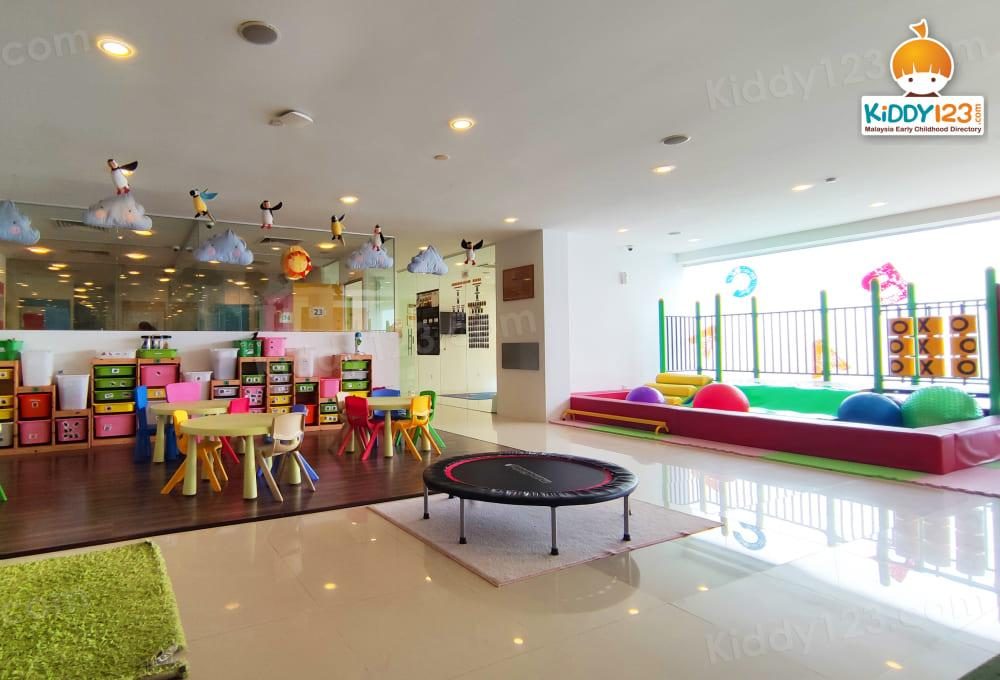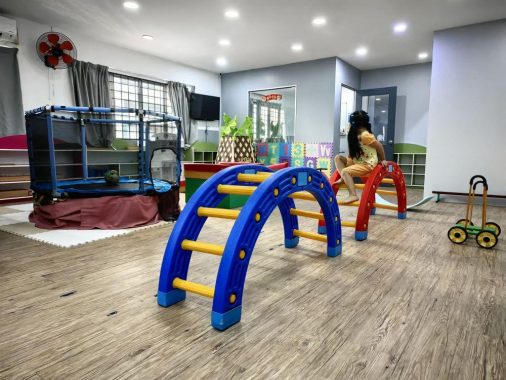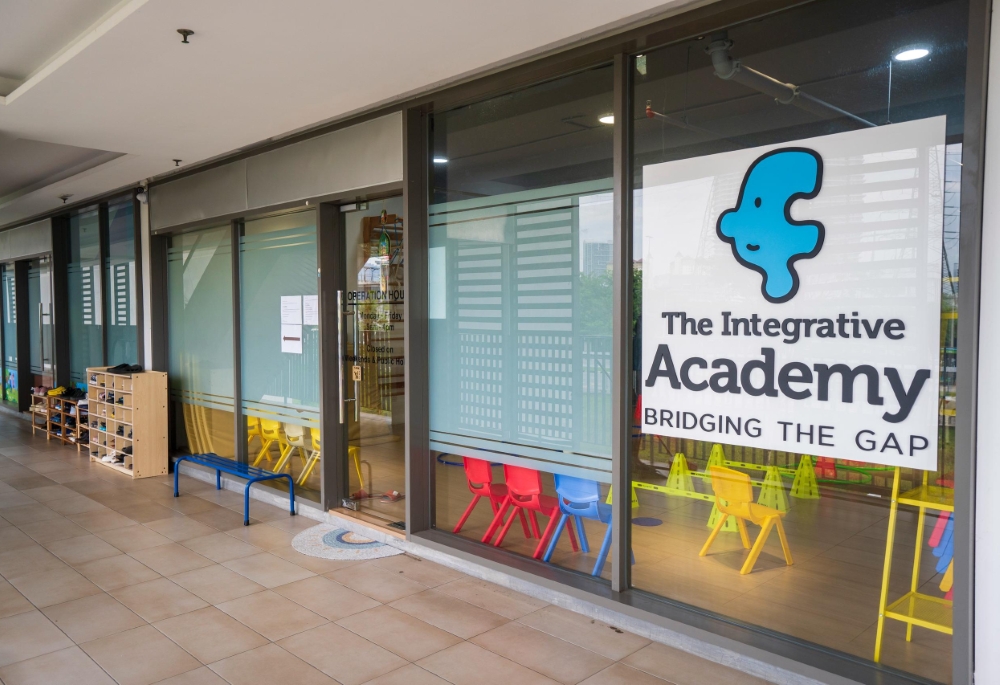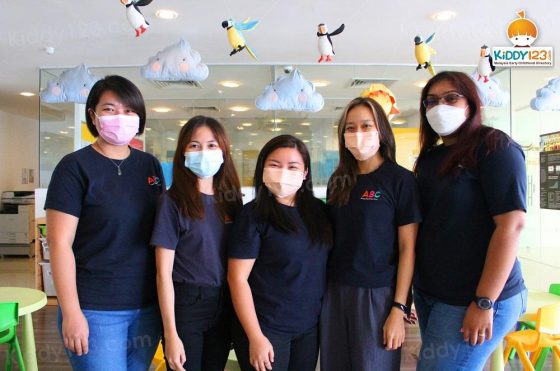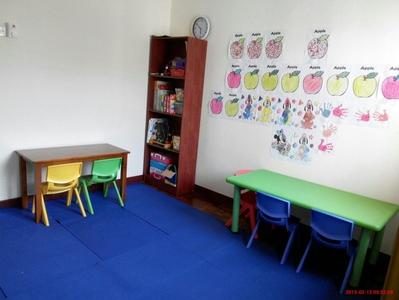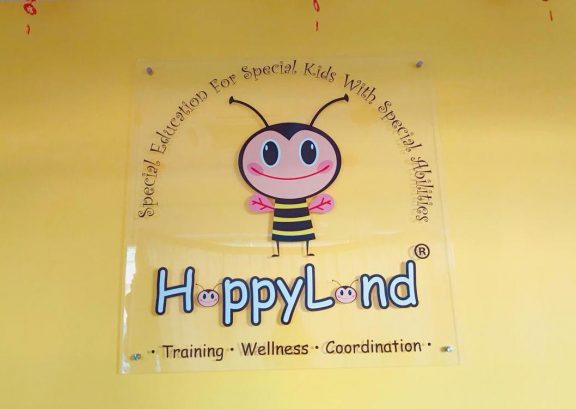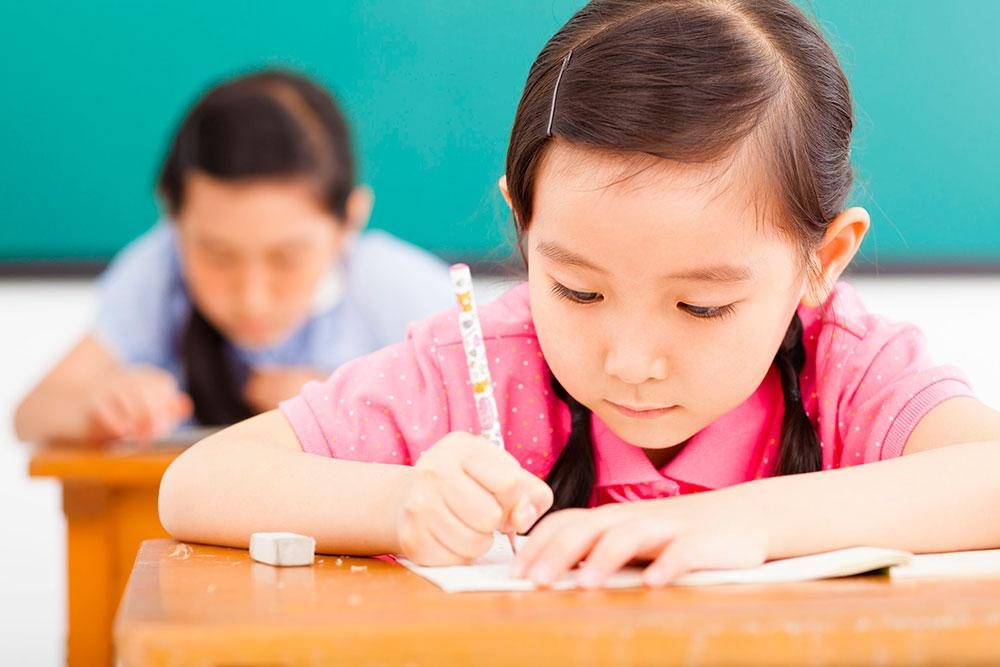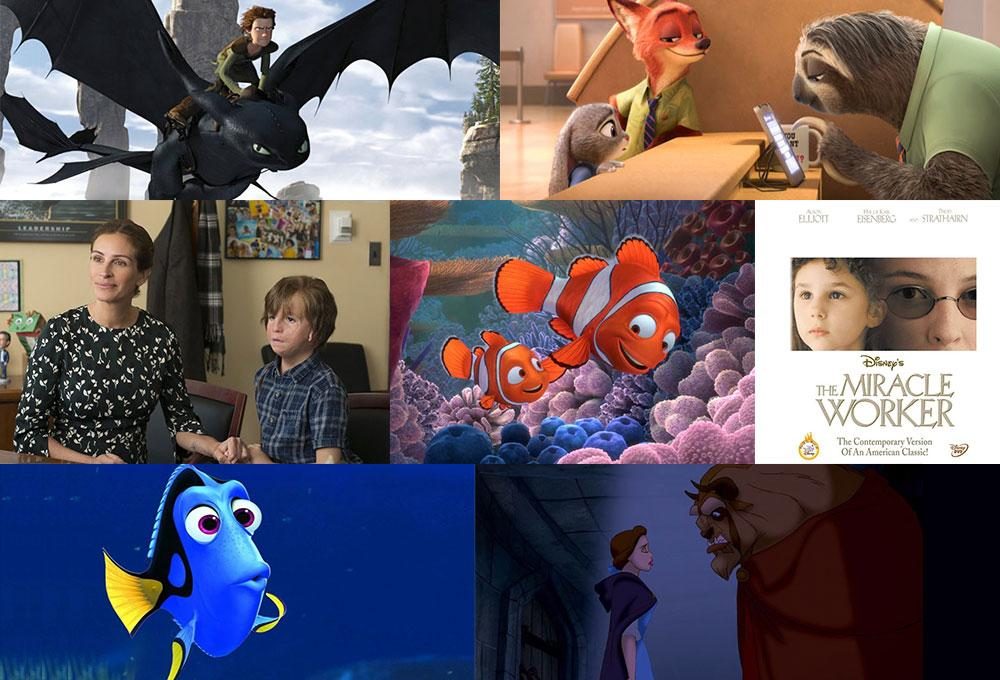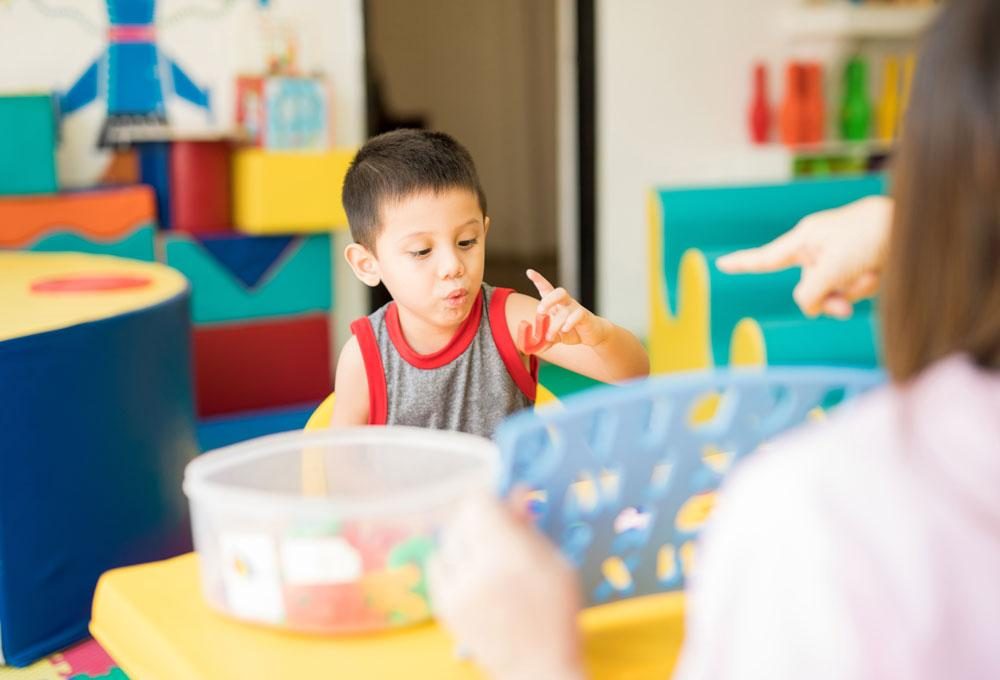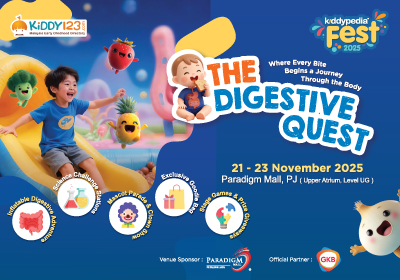How To Treat ADHD Children in Malaysia
by on 02/08/2025 ...
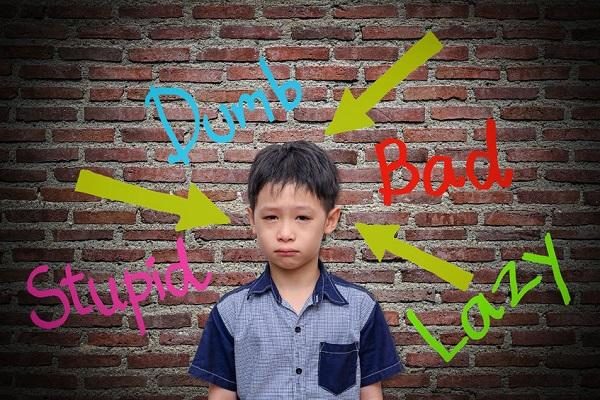
“You know, when you go into a room and completely forget why you went there in the first place? Its like that, but all day with everything you do. Or imagine throwing a bunch of different coloured bouncy balls on a trampoline and trying to focus on one.” – Brie Braun
“Picture a room with 1,000 TVs with each TV showing something different. Now try and concentrate on just one TV without getting distracted.” – Damian DaViking Aird
What is ADHD
ADHD stands for attention deficit hyperactivity disorder. It is one of the most common mental disorders affecting children. ADHD also affects many adults and it is more prevalent among boys than girls. Symptoms of ADHD include inattention (not being able to focus), hyperactivity (excess movement that is not fitting to the setting) and impulsivity (hasty acts that occur without prior thought). An estimated 5 percent of children and 2.5 percent of adults have ADHD. ADHD is often first identified in school-aged children when it leads to disruption in the classroom or problems with schoolwork.
Signs of ADHD
All children struggle at times to pay attention, listen and follow directions, sit still or wait their turn. Sometimes, parents and teachers notice signs of ADHD when a child is very young. But these do not always mean that a child has ADHD. Attention, activity and self-control develop gradually, as children grow. Children learn these skills with help from parents, siblings, teachers and the world around them. But some children do not get much better at paying attention, settling down, listening or waiting. When these continue and begin to cause problems at school, home and with friends, it may be ADHD.
|
Hyperactive |
Kids who are hyperactive are fidgety, restless and easily bored. They may have trouble sitting still or staying quiet when needed. They may rush through tasks and make careless mistakes. They may climb, jump or rough-house when they shouldn’t. Without meaning to, they may act in ways that disrupt others.
|
|
Inattentive |
Kids who are inattentive or easily distracted, have trouble focusing their attention, concentrating and staying on task. They may not listen well to directions, may miss important details and may not finish what they have started. They may daydream or dawdle too much. They may seem absent-minded or forgetful and lose track of their things.
|
|
Impulsive |
Kids who are impulsive act too quickly without thinking. They often interrupt, might push or grab, and find it hard to wait. They may do things without asking for permission, take things that aren’t theirs or act in ways that are risky. They may have emotional reactions that seem too intense for the situation.
|
Every child is different, so it is common for two people to experience the same symptoms in different ways. For example, these behaviours are often different in boys and girls. Boys may be seen as more hyperactive, and a girl may be quietly inattentive.
ADHD Diagnosis
There isn’t a simple test that can diagnose ADHD. ADHD shares symptoms with other disorders such as hearing and vision. Your doctor might first try to rule out conditions such as depression, anxiety and certain sleep issues before making a diagnosis. The pattern of inattention, hyperactivity-impulsivity or both must be present in more than just one setting, like at both school and home. Symptoms must also interfere with everyday life and these symptoms cannot be explained by another mental disorder. Many children with ADHD also have learning problems, oppositional and defiant behaviours or mood swings and anxiety problems. An initial diagnosis may reveal one type of ADHD. But it is also important to note that symptoms can change over time.
|
|
There is also strong evidence that ADHD is genetic in nature. Many children who have ADHD have a parent or relative who also has it.
Malaysia, defining children with ADHD
The national legal and policy framework in Malaysia does not have one definitive classification of disabilities. Malaysia’s Persons with Disabilities (PWD) Act states that persons with disabilities “include those who have long term physical, mental, intellectual or sensory impairments which in interaction with various barriers may hinder their full and effective participation in society”. However, the Ministry of Women, Family and Community Development (MWFCD) has specific categories of disabilities for the purpose of registering persons with disabilities. They are:
-
Hearing disabled
-
Learning difficulties
-
Visual disabled
-
Mental disabilities
-
Speech disability
-
Multiple disabilities
-
Physical disability
ADHD falls within the purview of Learning Difficulties. Learning Difficulties mean intellectual capabilities that do not conform with biological age. Those that fall within this category are Late Global Development, Down Syndrome and intellectual disabilities. This category also includes conditions that affect the learning ability of an individual such as autism (autistic spectrum disorder). Attention Deficit Hyperactivity Disorder (ADHD) and specific learning difficulties such as (dyslexia, dyscalculia and dysgraphia).
Treatment options
There are several treatment options for those diagnosed with ADHD. The primary goal of treatment is to manage the ADHD symptoms and to promote positive behavior traits. With the right treatment ADHD can be managed and even improved upon. Treatment for ADHD can include:
Behaviour therapy – Therapists can help children develop the social, emotional and planning skills that are lagging or enhance those that are acceptable and desirable.
Parent coaching – Through coaching, parents learn the best ways to respond to behavior difficulties that are part of ADHD.
School support – Teachers can help children with ADHD do well and enjoy school more.
Medicine – This activates the brain’s ability to pay attention, slow down and exhibit more self-control
ADHD is NOT caused by too much screen time, poor parenting or eating too much sugar. ADHD can improve with the correct treatment, a healthy diet, an adequate sleep and exercise regime plus supportive parents who know how to respond to ADHD.
Contact: Autism Behavioral Center (ABC), Bangsar, Kuala Lumpur





